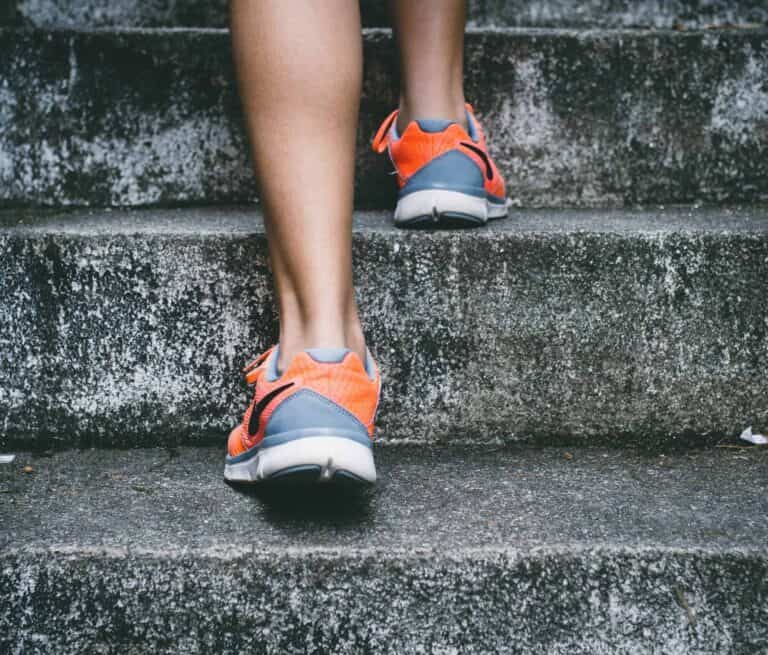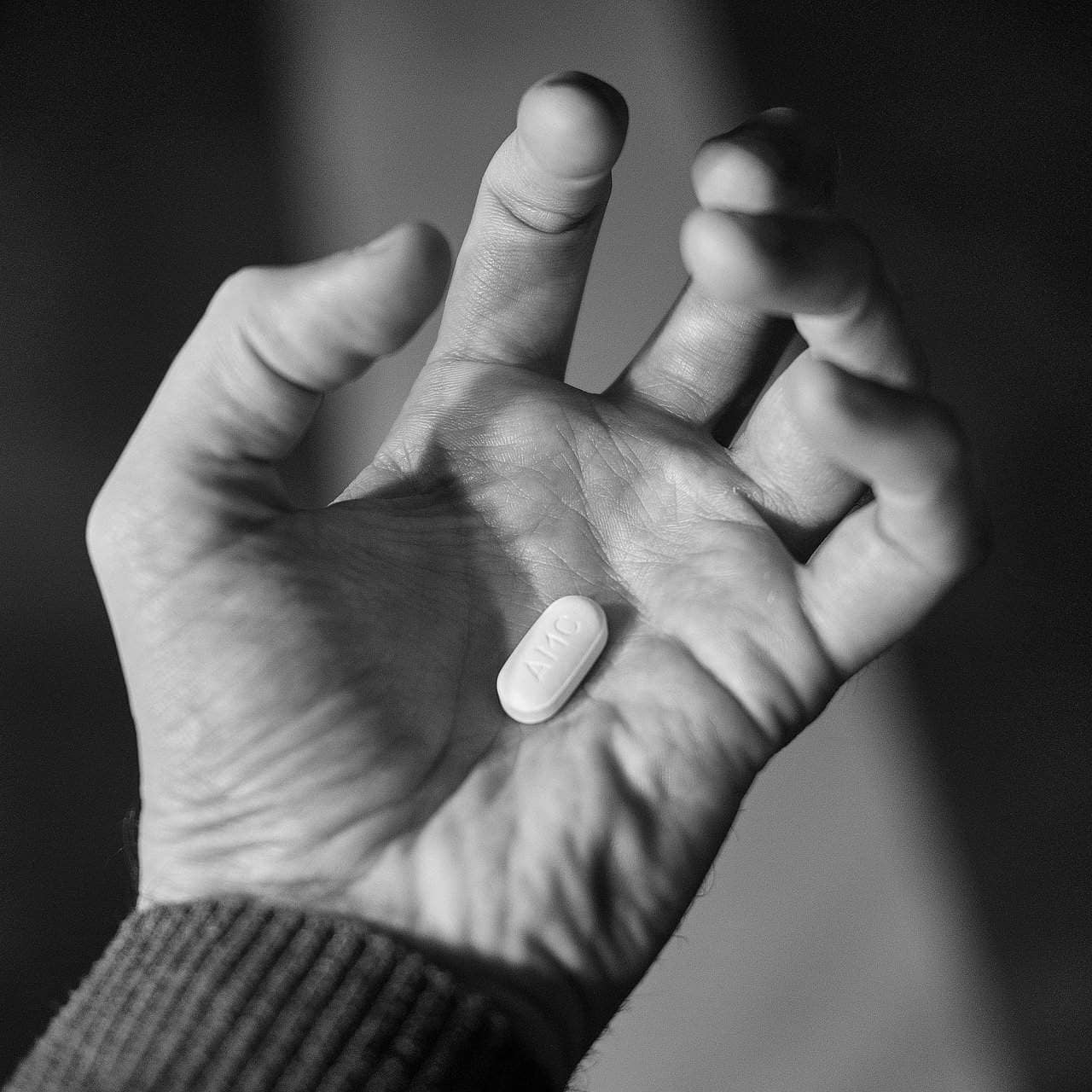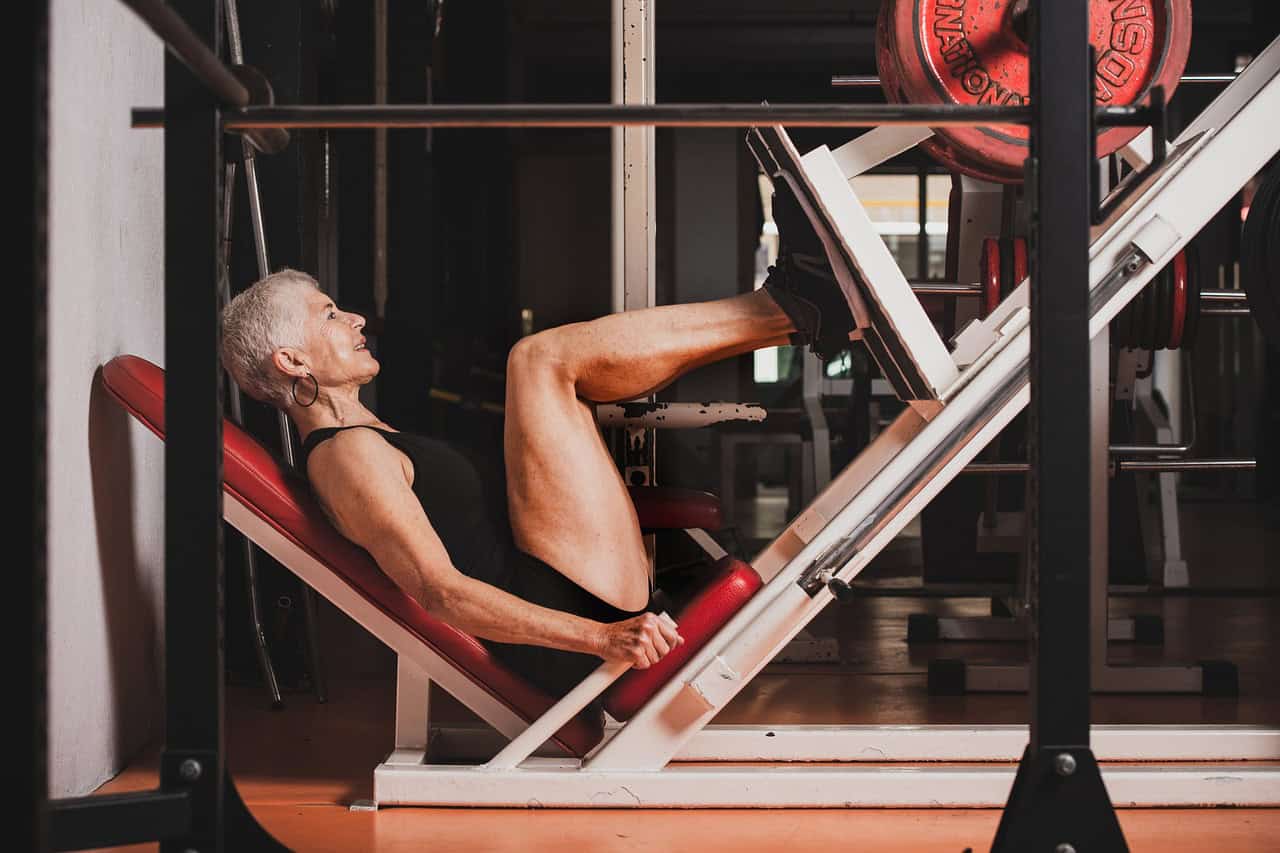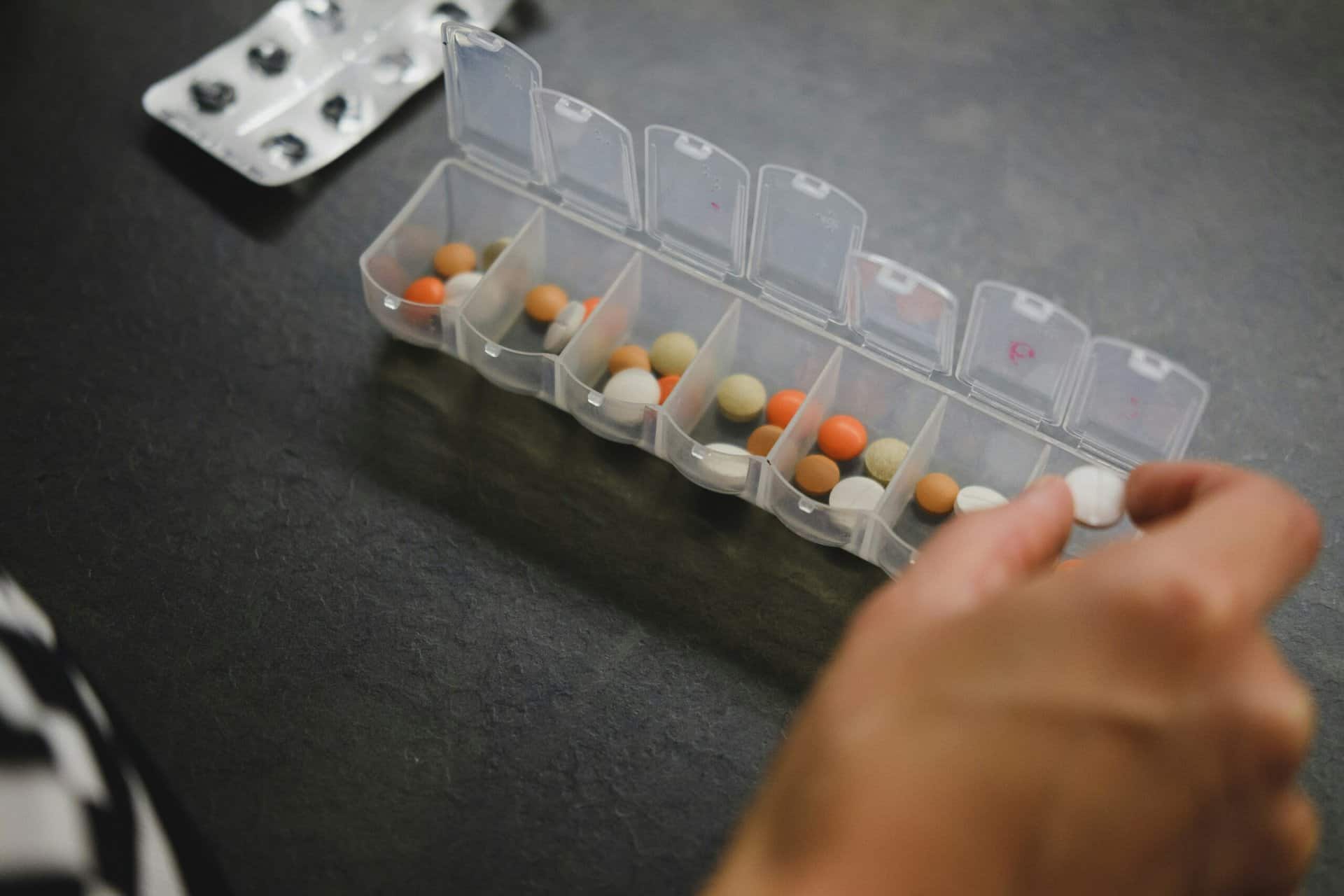Moving your body is the best thing you can do for it.
And let’s face it – our lives are structured in a way today that makes it very easy to avoid movement. We sit in cars on the way to…wherever. We sit at our desks/computers for much of the day. When at home, we sit down to relax, watch TV, read or play games.
No surprise here, but if you can’t move well, it may be a sign that you aren’t as healthy as you could be. But the quality and quantity of your daily movement—your strength and agility—are actually markers for something much more important – so says a health and fitness coach.
If you move well, you also think, feel, and live well. According to this coach, it’s proven that healthy movement helps us:
- Feel well, physically and emotionally
- Function productively
- Think, learn, and remember
- Interact with the world
- Communicate and express ourselves
- Connect and build relationships with others
Pretty desirable list. What if you didn’t need “workouts” (think “heavy duty sweaty work”)?
Our ancestors didn’t need to “work out” – why? They were walking, climbing, running, crawling, swimming, clambering, hauling, digging, squatting, throwing, and carrying things to survive. Ooops – life is a lot easier for us, isn’t it? They didn’t need an “exercise class” when they ran or walked miles to get places, chopped wood, hauled water or built cabins.
OK, we may not hunt for dinner anymore, and we may opt for the elevator more often than not. We may move less – but movement is still programmed into the human brain as a critical aspect of how we engage with the world. And for me, at my age, movement is necessary for relief of aches and pains!
Callan Pinckney was born in 1939 with spinal curvatures, one hip higher than the other and severely turned-in feet. She was forced to wear leg braces for 7 years. In an effort to correct her alignment, she spent the next decade studying classical ballet.
Yet after 2 years of college, she went to Germany and started her travels across Europe, sleeping in a Volkswagen. Doing odd jobs when needed as she reached London, she worked manual labor such as shoveling coal and snow for 8 hours for little more than $3 a day.
Then it was on to South Africa, Zimbabwe, Kenya and Zaire. She worked part time tracking animal migrations in the wild, also taking on menial labor jobs. Due to inadequate diet, she suffered from severe amoebic dysentery and lost 78 pounds.
Her heavy rucksack also put a great strain on her back, shoulders, and knees.
Is your body aching in sympathetic empathy with her?
On she went to Asia traveling first to India and Sri Lanka which is where she realized that her muscles had lost all their tone and she had no flexibility of extension. Her ballet movements done as a teenager were now almost impossible.
Upon reaching Japan, she obtained a job recording British voice-over tapes for advertising and she wrote about her experiences on the road for a magazine, modeled miniskirts, and managed a bar with Western waitresses.
Eleven years after leaving London, she was back. One British doctor advised her to have surgery on her knees; another said her back would never recover. She was in constant pain and in an attempt to alleviate her suffering she turned first to ballet and then to yoga and toning classes. She trained in the Martha Graham dance technique at The Place (in London). She attended the Rehabilitation Exercise Studio set up by a German dancer who had seriously injured her back while dancing and had devised a program to ease her discomfort while maintaining her strength and flexibility.
Why am I telling you all this? Because what she did next has impacted my “body” hugely.
Callan returned to the US in 1972 and assumed a teaching job at an exercise studio in New York City. She worked to find new exercise methods. She found ways to protect her back and increase the effectiveness of different exercises. She learned how to strengthen and alleviate the pain from her knees. She also discovered that she could quickly tone her muscles using these new movements. She started teaching private students in her apartment.
Fast forward – her exercise classes grew in popularity and she called them “Callan-etics”. After 7 years she published Callanetics: 10 Years Younger in 10 Hours. It sold close to a million copies in the US alone, she was profiled in Time and People magazine. Then came Callanetics For Your Back – another best seller – as was the related video she released Super Callanetics.
In 1989 came the part with which I am now very familiar. Callan Pinckney released the Beginning Callanetics video – a shorter version of the original with more basic explanations for people who had never experienced the Callanetics method. This video (much later) was my intro to her.
A fun fact I learned as I researched: she opened in 1990 a franchise for Callanetics studios with headquarters in DENVER, COLORADO. Say what? Where was I? — ok, not paying attention at that time. From here teachers were trained and licenses were given for studios across the country – and eventually in the UK, Scotland, Belgium & Switzerland.
After Super Callanetics with more in-depth explanation of the advanced exercises, she published the Quick Callanetics video and book series. Yep, we wanted it “quick” and in multiple formats even back in 1992. Then in 1993 came the 2nd DVD which I learned to use – AM/PM Callanetics. This is a program with two daily routines to shape up the entire body in a 25-minute morning routine to energize and a 25-minute evening routine to relax for the night.
Pinckney continued to advise instructors for several years before retirement in 1998. I believe I was introduced to her works by a friend somewhere in the 2006-2010 range and I was hitting my 60’s. I was amazed and appreciated the Callanetics she demonstrated and taught because they moved my whole body and I “felt” the workout without sharp, jarring movements or leaping up and down to loud music or pressure on the back or joints. It was challenging but without any discomfort or stress.
And yes, as I kept at it over the years (falling off the wagon at various times), I realized how much better I moved through my days when I faithfully did the morning routines. It was much later that I added the evening routine on occasion.
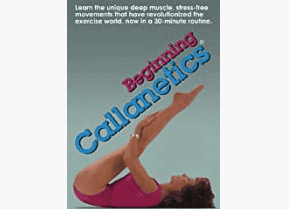
Callan Pinckney died on March 1, 2012 – but if you see her DVD’s, you will be amazed at what she looked like and how she moved after she learned, developed and taught her “Callanetics”.
So why aren’t we all doing these every day? Stop laughing – I know how busy you are (we all are) and how boring it is to do any routine, etc. I have used every excuse you are probably rolling through your head right now.
BUT – when I later fell out of doing the Callanetics routine and was having an aching, tender pain in my left hip area, I consulted a D.O. He said it was my “ilio…” something or other and gave me a stretch for it. The stretch helped for a while – and then reappeared a few hours later. Shoot – how many times a day do I have to stretch?
OK, true confession – somehow when I went back to doing the AM routine of Callanetics – DAILY – I didn’t need to stretch and I didn’t have the aches and tenderness.
So, logic would say I would do this daily just to avoid the pain, right? …..nope! Got bored doing the repetitive things and counting — B-O-R-I-N-G and all those excuses you and I use ran through my consciousness. Darn – the ache and pain is back.
Recognize this pattern? Here’s what I finally did (and it is working) – I paired doing my routine (which I have memorized so I don’t need the DVDs) with two things. I can’t eat breakfast until I have done it. And I turn on my fav news I DVR and never have time to watch – this gives me a quick sampling of what is going on in the world as I count out my movement/stretches.
The description of Callanetics states: Callanetics is a series of small, gentle, precise motions consistently applied that activate the body’s largest, most powerful muscles to quickly tighten hips, buttocks, inner and outer thighs; flatten the tummy; lift the bust and firm underarms and tone the entire body.
I totally agree with one of the testimonials I read – And let me tell you, it hurts so good. The movements are “gentle” but oh, you will feel each and every one stretching out every part of your body, combined with small, barely-there pulses that activate the deep muscles in your legs, arms, abs, and everywhere to lengthen, tighten, and tone, without adding bulk.
Call to action? – choose a Callanetics type routine and then figure out your “pairing” necessary to make sure you do it daily or at a minimum, 5 times a week.
Keep moving….in healthy routines!!
Food and dietary supplement products sold by Youngevity are intended to contribute to the daily diet and overall health and are not intended for use in the prevention, treatment, mitigation, or cure of any disease or health-related condition. Individuals who have or suspect they have an illness or who wish to commence a diet or exercise program should consult an appropriately licensed health care practitioner for a medical history evaluation, diagnosis, treatment, and health recommendations.
